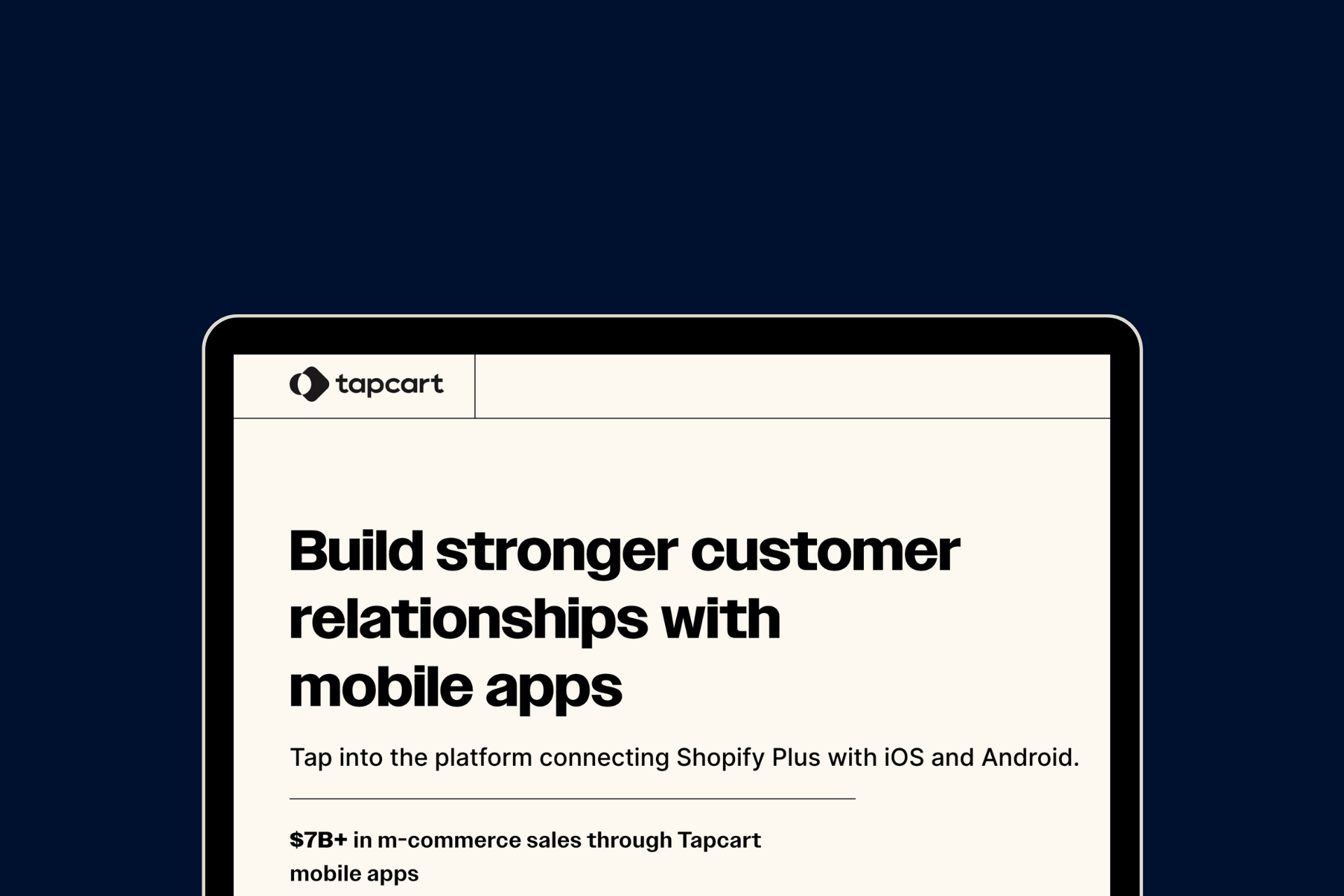With the biggest online sale season right around the corner, online businesses are gearing up for providing a memorable shopping experience to their customers.
While online stores pay a lot of attention to their product assortment, pricing dynamics or the website user experience, one of the biggest factors influencing their online shopping experience is a smooth checkout process.
As an increasing number of businesses transition to online and compete for a shopper’s attention, it is no surprise that customers demand a speedy, easy to use and variety of choices for payment options on the checkout page.
The right mix of payment options can provide your customers with a smooth shopping experience, reduce cart abandonment rate and drive more sales.
Why are payment methods so important to get more sales?
A smooth payment experience plays a decisive role when an online shopper decides whether they want to continue shopping on your site in the future or move onto a new brand. One of the biggest problems faced by online stores is cart abandonment owing to not finding a preferred payment method during check out.
Especially during the holiday season and BFCM sales, when people are shopping for limited time deals, they want to use payment modes that not just suit them but also help them checkout faster. Because no one wants to miss out on another good deal while trying to complete their checkout.
One of the best ways to meet the increased demands of your customers during holiday sales (and otherwise) is to provide them with a plethora of payment options to choose from.
Payment options not only provide flexibility to a customer but certain types are optimized to maximize revenue opportunities. Inclusion of a variety of payment methods can:
- Increase revenue generated as you’ve removed any barriers to purchase.
- Bring more convenience to customers: If they don’t have cash on hand, they can still make a purchase through a credit card. Or if they forgot their wallet or purse, then they can still pay with their phone through digital wallets like Apple Pay or Google Pay.
- Get repeat customers: When customers get a seamless and positive experience shopping on your site, they’re more likely to return in the future for more purchases. This builds brand loyalty.
So how do you find the best payment options to include in your checkout process? Well, let’s first start with getting to know the available payment methods on Shopify and how you can set them up on your store.
Payment methods to set up on your Shopify store
One of the best ways to meet soaring demands of your customers and ensure a smooth shopping experience during festive season or otherwise is to provide them with a good variety of payment options.
So, how many different types of online payment methods are available? And how well do they work around the world depending on which countries you want to sell to?
Here are the nine different eCommerce payment types worth considering for your Shopify store:
1. Credit/debit card payment
Payment via credit or debit card is one of the most widely used payment methods globally. By integrating a payment gateway into their online store, merchants can reach out to an international market with credit cards.
Credit cards are easy to use and work as a secure mode of payment. The customer enters the card details (number, expiry date, CVV) and validates this information to make the purchase.
On the other hand, debit cards are largely used for setting up recurring, automated payments. Like a monthly subscription or setting up a periodic grocery purchase.
The biggest advantage with debit cards is instant payment thus eliminating the need for customers to pay an outstanding invoice. Moreover, this mode of payment is convenient for customers who don’t want the hassle of remembering their payments; the money is simply debited from their account. These customers prefer to shop within their financial limit.
2. Internet banking
Though used very little, Internet banking is deemed as the ‘fail safe’ method if every other payment method fails. It is a simple way of paying online for purchases and does not require the customer to have a card for payment purposes.
Bank transfer is the most secure method as the transaction needs the customer’s approval and authentication. It is mostly preferred by customers who are wary of sharing their debit/credit card details online. The main benefit of internet banking is that customers can complete their purchases without disclosing any financial details.
3. E-Wallets
E-wallets have revolutionized modern online payment services through their easy-to-use, fast and secure mode of payment. E-wallets eliminate the need to enter card details or personal information every time you make an online purchase. They speed up the checkout process by working with stored payment methods or third-party processing and provide security and minimal risk compared to other payment sources like credit cards.
Some popular e-wallet services are:
Apple Pay
With more than half of the smartphone users owning an iPhone, Apple Pay is one of the most popular payment methods among online shoppers. According to Statista, the global Apple Pay users grew by more than 65 million in 2020.
An extremely popular payment method, especially in the US and Europe, having Apple Pay as a payment method on your store can offer your customers a convenient, secure, and fast alternative to traditional credit and debit card payments.
Paypal
Used by over 254 million users worldwide, Paypal is one of the most widely used payment methods today. Owned by eBay, Paypal allows users to perform cash transactions in exchange for a small fee.
Paypal’s simplicity, ease of use along with a perceived level of security makes it a huge hit amongst online shoppers. Supported by more than 17 million businesses worldwide, Paypal claims 82% higher checkout conversion rates compared to its competitors.
Amazon Pay
Amazon pay is another widely used online payment service. Amazon.com users can use this service to pay with their Amazon account on external merchant sites.
Amazon Pay provides a speedy and convenient checkout experience by using the shopper’s details already stored on their Amazon account to complete the online transaction. Since a majority of online shoppers already hold an Amazon account, online retailers would benefit from including Amazon Pay as one of their payment methods.
Google Pay
Enjoying massive trust globally, a significant number of customers rely on Google Pay to conduct online transactions. Since they’ve already saved their card information in their Google accounts, shoppers can use Google Pay to select from a multitude of saved payment options and enable a smooth checkout process. That too for free!
Additionally, Google Pay also helps you build brand affinity by facilitating a seamless online shopping experience by allowing your customers to store and redeem offers, loyalty and branded gift cards.
eBay Managed Payments
eBay managed payments is another great alternative online payment service, especially for retailers who are selling on ebay. It enables online shoppers to process payment without leaving the platform and rerouting to a third-party site.
This payment method could be worth considering if you want to sell and get paid at one place without adding an additional account on another platform. Moreover, this creates a positive payment experience for your customers who can pay through multiple payment options including credit and debit cards, Google Pay, Apple Pay and PayPal, since eBay supports them all.
4. Buy now, pay later
As the name suggests, the payment option ‘Buy now, pay later’ is an interest free micro-credit financing method. This allows shoppers to split their online payment into zero-to-low interest instalments or repay the complete installments at a later date within the stipulated repayment cycle at zero interest charges.
This payment option has gained an astronomical popularity as it eliminates one of the biggest barriers to closing a sale: insufficient funds. Rather than paying a full amount upfront, payment apps like Shop Pay, Afterpay and Klarna are offering customers a way to split the cost of their purchase or simply pay for their items at a later date.
As an online seller, you can benefit from these interest-free payment modes as they have the power to combat cart abandonment issues. However, as a retailer, you would be charged a fee per transaction, so it's important to consider this before going ahead with this payment option. You’ll also need to set up an automated system to follow-up on the rest of the payment installments.
5. Pay with Crypto
Though not popular yet, payment through digital currencies like crypto are rapidly but surely gaining a spot as a favorable payment method, particularly with genZ. Once considered risky and illegal, digital currencies have come a long way to garner popularity with a younger audience who is now investing more openly in cryptocurrencies.
Businesses who offer crypto payments as an alternative online payment should proceed with caution, after assessing its demands from their customer base and the region in which the business is offering this payment mode. If your business caters to a younger audience (aged 20-35) and provides services in countries that have a large crypto user base, then providing this payment method may benefit you.
6. Cash on Delivery
Cash on delivery (COD) is an extremely popular payment method in countries where cash is still predominantly used for transactions. COD allows customers to pay for their purchases by cash/card in-person to the courier at the time of delivery.
One of the biggest reasons why customers prefer cash on delivery is the assurance of getting the goods they ordered and not losing their money by paying beforehand. Moreover, they can perform quality checks on the product before paying and even return it without paying anything in case of damage.
And finally, this method allows them to avert from the risk of online frauds and they are required to divulge any financial details to the merchant when making an online purchase.
The only downside to the cash on delivery method is the cost to the retailer, as courier companies provide this option at a premium charge. It is also recommended to verify the order to keep your RTOs low as that happens a lot during this season sale.
So what payment methods should you use?
So, as a retailer, how many payment methods should you support on your Shopify online store? Well, more the merrier!
Now you might be tempted to include as many payment methods as possible in a bid to reach out to a wider audience. But it's essential to know your primary target audience before you narrow down on payment methods. Understand your audience’s demographics, what are their preferences and how they are likely to react to new payment technologies.
Based on this knowledge, you should be offering the right mix of payment methods that’ll increase the conversion rate on your Shopify store.
If you’re not sure about which payment options might be the right choice for your online store or you have a diversified audience, then in that case, you can actually conduct a quick feedback round on email with your existing customers and ask what they’d prefer.
Learning from your customers about the payment methods they feel most comfortable using should be able to help you pick the right assortment of payment options for your Shopify store.
Still confused about which payment method can work the best for your online store? Or looking for help in setting up a payment method? Contact XgenTech today.




